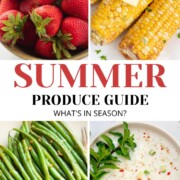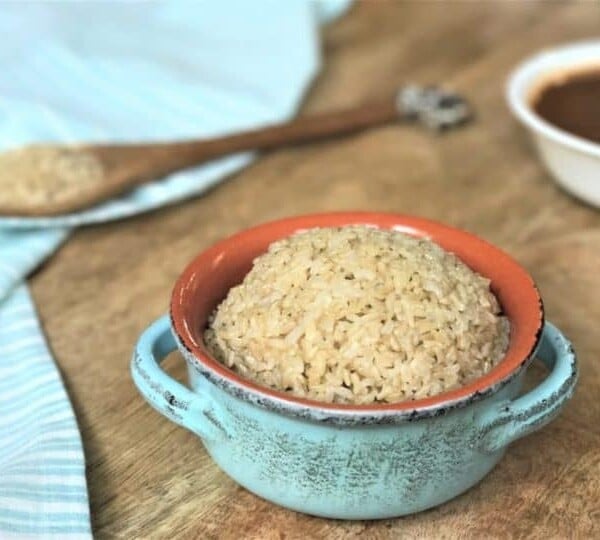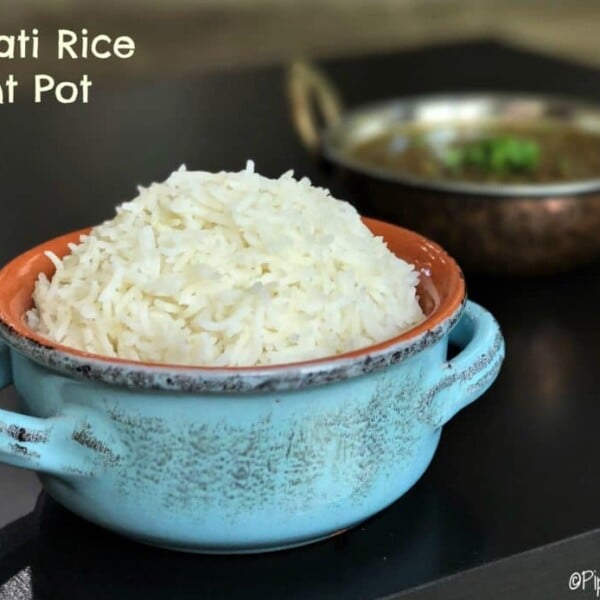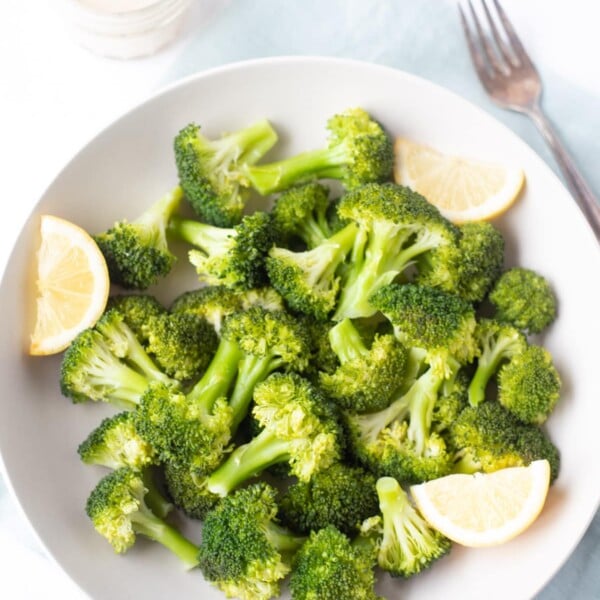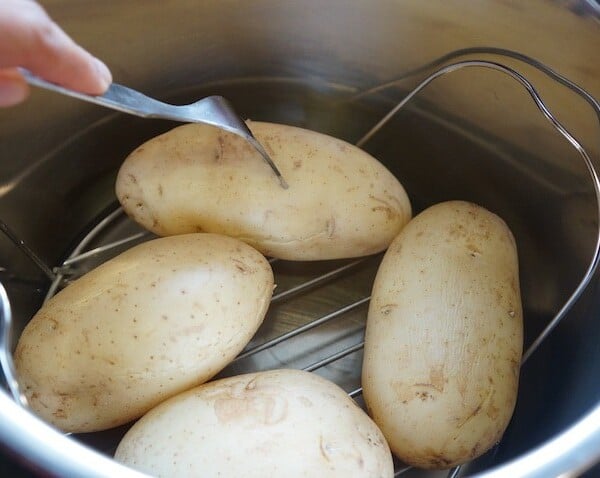Happy Summer! Eating seasonally is the best way to get the maximum flavor and nutrients while also saving money. Here is the summer produce guide that will help you choose and cook with veggies that are in season!
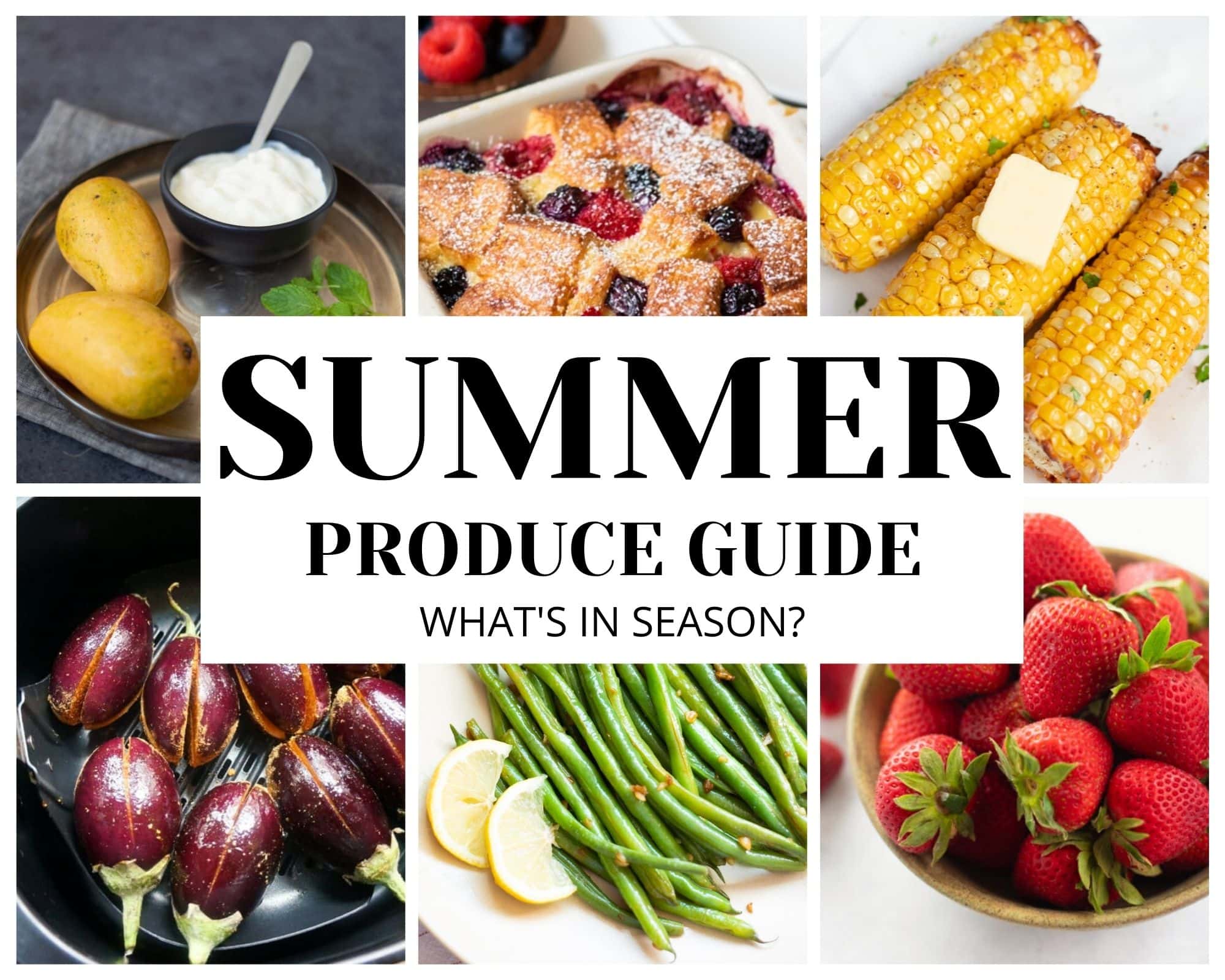
Summer is a fantastic season for food because it tends to be fresh, vibrant, and full of flavor.
I love eating seasonal fruits and vegetables; there are many benefits to eating in season: they are nutritious, cheaper, and often tastier.
This summer’s seasonal produce guide will help you learn about the veggies and fruits that are in season, and also give you some recipe ideas to incorporate them. So you can eat fresh and save money!
Table of contents
Summer Seasonal Vegetables
Corn
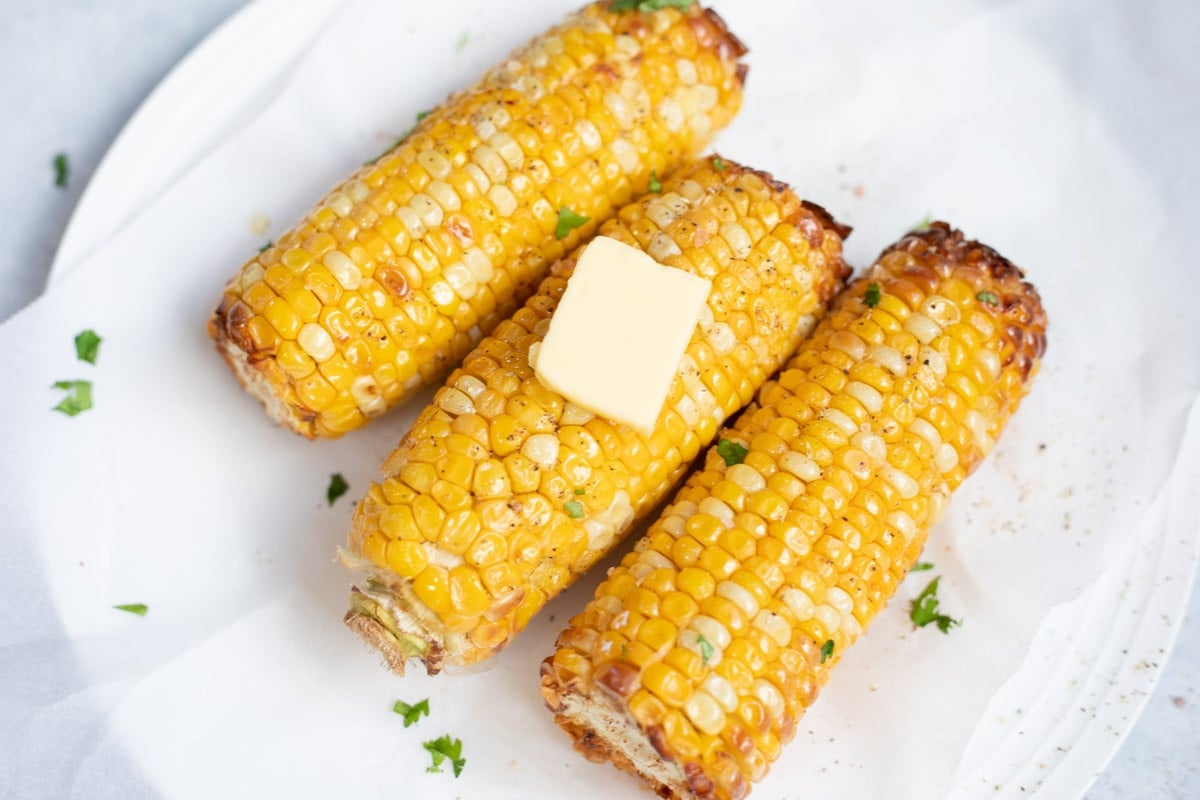
One of the most awaited summer delights is sweet corn. Although it is available all year round, the peak season runs from May to September.
Look for bright green, fitted husks and golden brown silk. You can refrigerate fresh corn in a plastic bag for up to one or two days.
Recipes:
Cauliflower
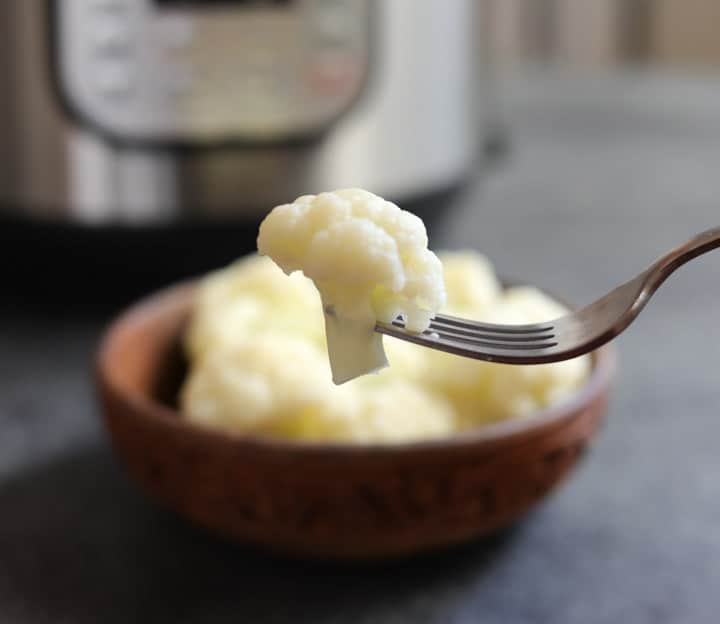
Just perfect in soups or roasted to accompany proteins, it’s available year-round, but its peak season is as early as June, running through September to November. They’re so versatile and take on so many different flavors that it’s hard not to like them.
Recipes:
- Roasted Cauliflower
- Aloo Gobi (Potato & Cauliflower Stir Fry)
- Indian Roasted Potatoes & Cauliflower
- Amazing Steamed Cauliflower
- Vegan Cauliflower Soup
- Tandoori Cauliflower
Celery
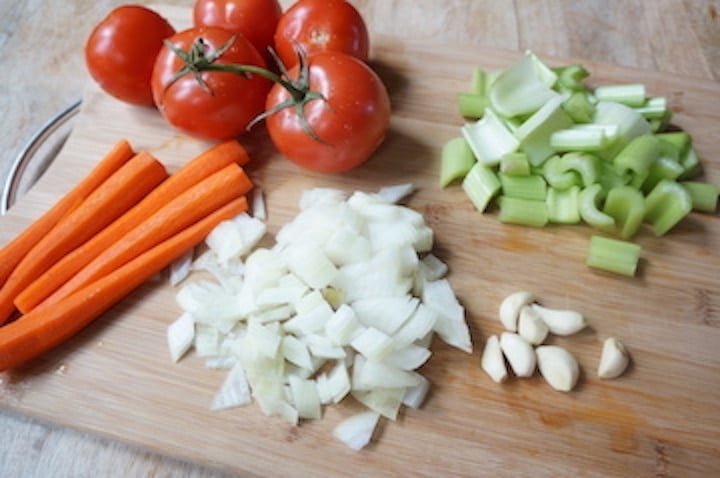
Celery is mostly available all year round, but you can find fresh celery in mid-summer. It has tall, light green stalks that are very crisp. It is also rich in vitamins and minerals.
Recipes:
Cucumbers
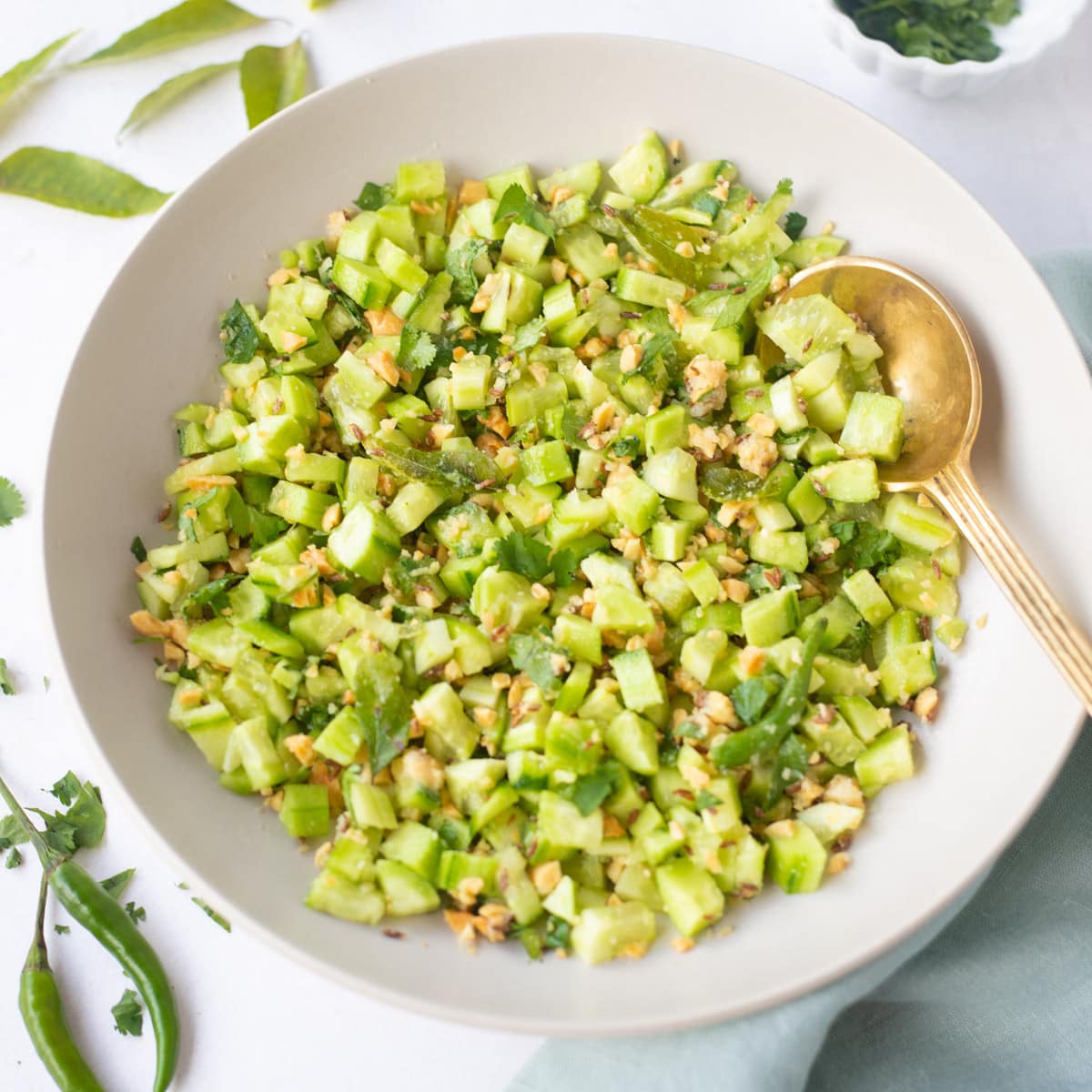
Cucumbers are generally available year-round, but their peak season is from May to August. Always keep cucumbers in the refrigerator; they are very sensitive to heat.
They should be bright medium to dark green with even color, firm, and rounded at their edges. Avoid buying cucumbers that are wrinkled at their tips. You can store them in the refrigerator for up to 7 days.
Recipes:
- Cucumber Raita
- Kakdi Koshimbir (Indian Cucumber Salad)
- Kachumber (Authentic Indian Salad)
- Avocado Cucumber Tomato Salad
Eggplant
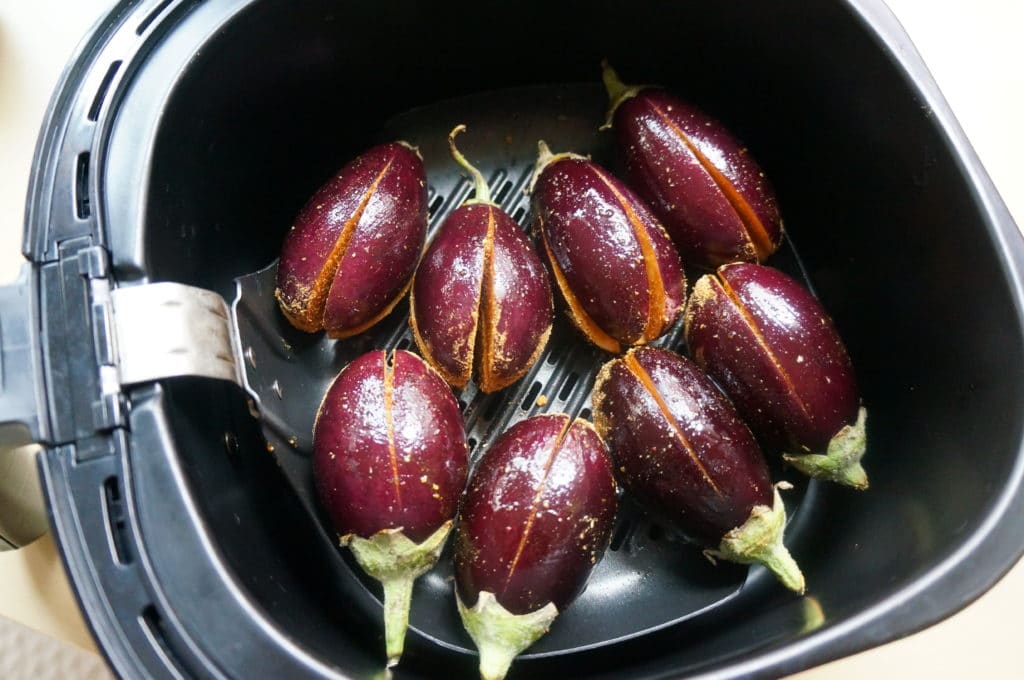
They show up in early summer and last till fall. Look for shiny and firm skin. Eggplant can turn bitter if they are over-mature.
Store them in a cool place such as the refrigerator crisper section, and they will last for 5-7 days.
Recipes:
- Potato & Eggplant Curry (Aloo Baingan)
- Air Fryer Stuffed Eggplant (Bharwan Baingan)
- Baingan Bharta (Roasted Mashed Eggplant)
- Eggplant Fritters
Green Beans
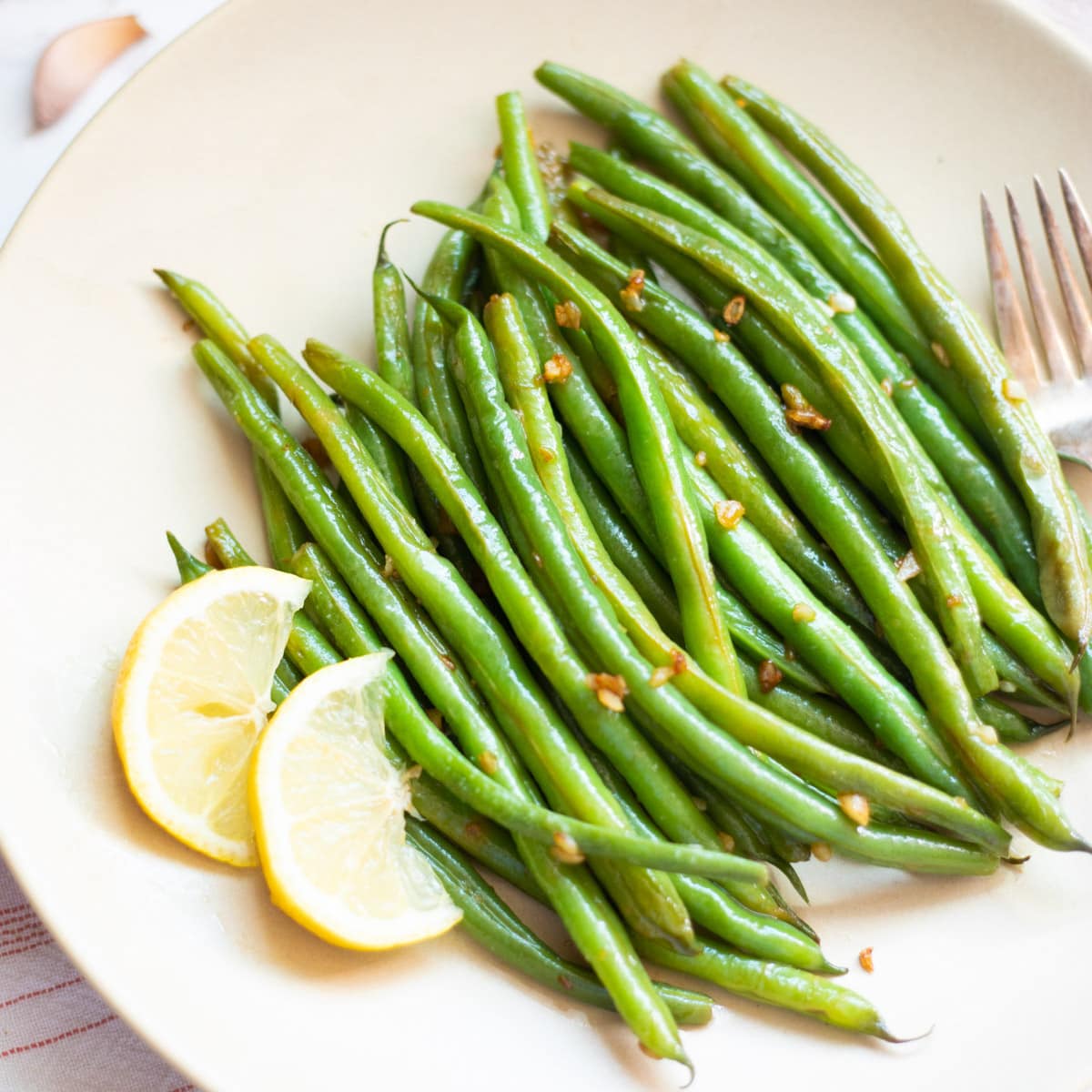
Green beans are available year-round, making them easy to use in a quick side dish. However, they are available freshly picked at farmers’ markets during the summer months.
Green beans contain numerous vitamins and minerals, including high amounts of folate.
Choose the right and crisp beans. Store them in the refrigerator for up to a week.
Recipes:
Bell Peppers
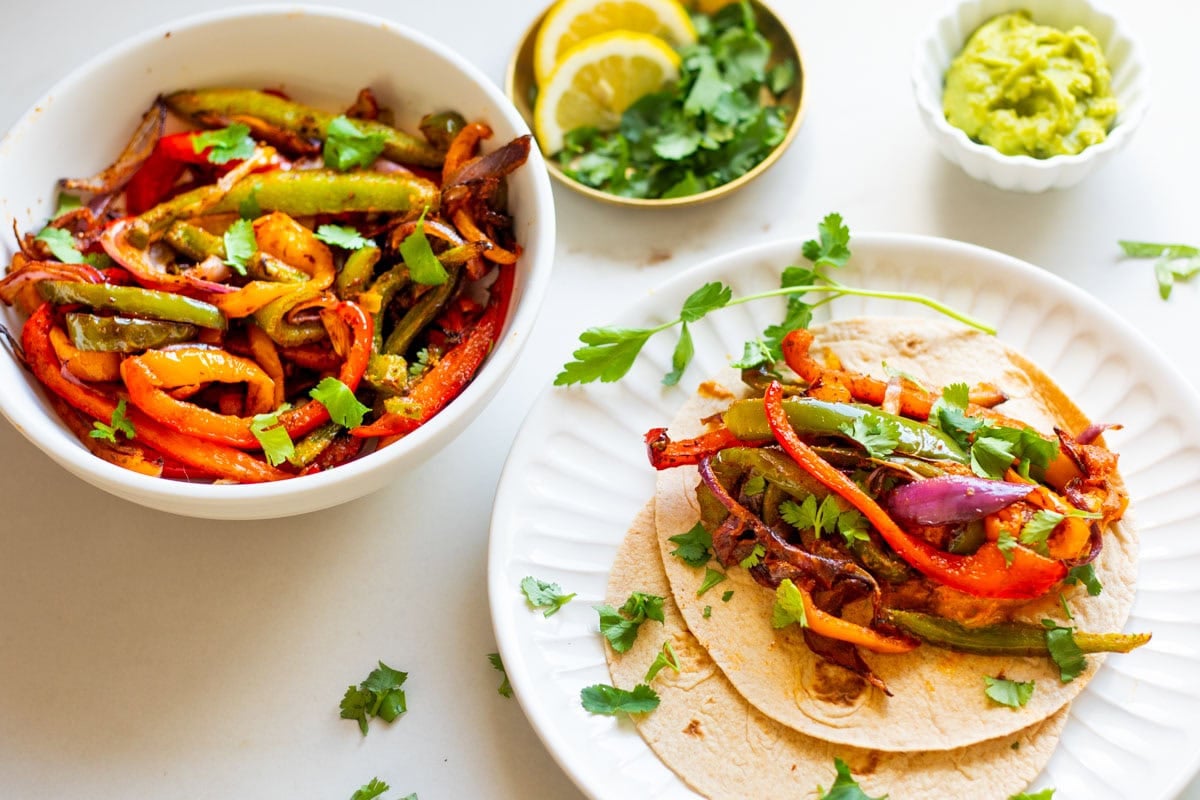
Like other vegetables, bell peppers are available year-round. The peak season, when it’s crisp and juicy, is from July to November. Bell peppers are an excellent source of vitamin A, C, and potassium.
When buying fresh bell peppers, choose ones that are firm, brightly colored, and have tight skin. Avoid shriveled or dull-looking peppers. Refrigerate in a plastic bag and use within 5 days.
Recipes:
- Air Fryer Fajita Veggies
- Bell Peppers & Potato Stir Fry
- Roasted Red Pepper and Carrot Soup
- Paneer Jalfrezi
- Panang Curry with Tofu and Vegetables
- Tandoori Paneer Tikka
Tomatoes
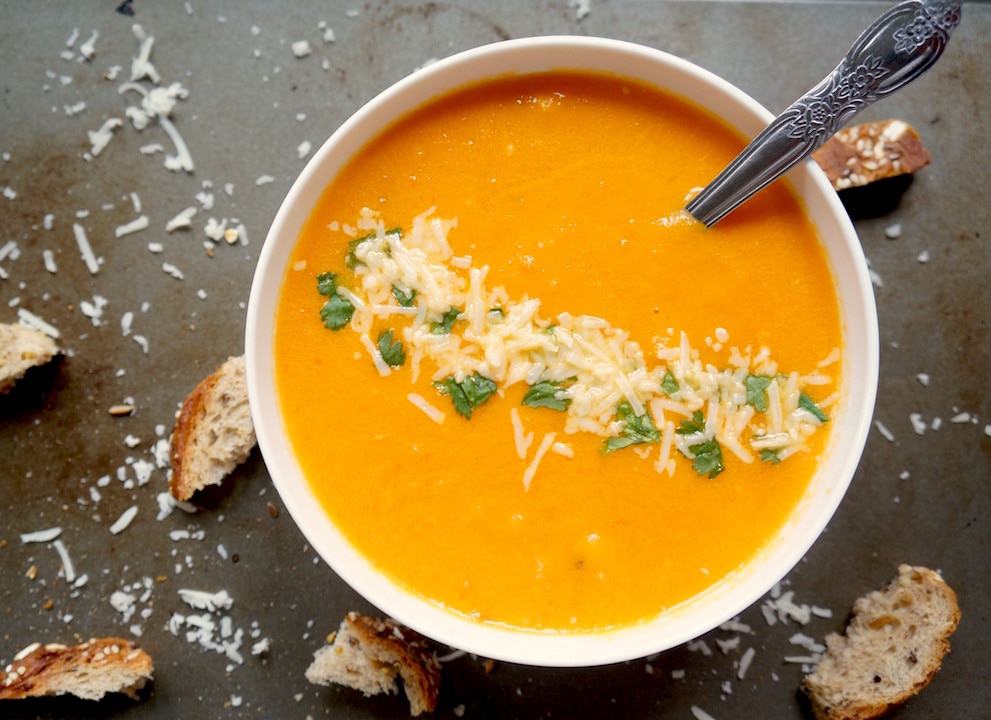
Summer is considered to be the best season to get tomatoes. The peak season to get it is from May through October. Tomatoes are a great source of vitamin C, K, potassium, and folate.
When buying tomatoes, avoid those with blemishes or dark spots; also, they should be firm. It is best to store tomatoes at room temperature away from direct sunlight.
Recipes:
- Bruschetta Dip
- Creamy Tomato Soup
- Indian Curry Sauce
- Penne Pasta in Tomato Cream Sauce
- Baked Feta Pasta (with cherry tomatoes)
- Caprese Orzo Pasta Salad
- Tomato Rice
Okra
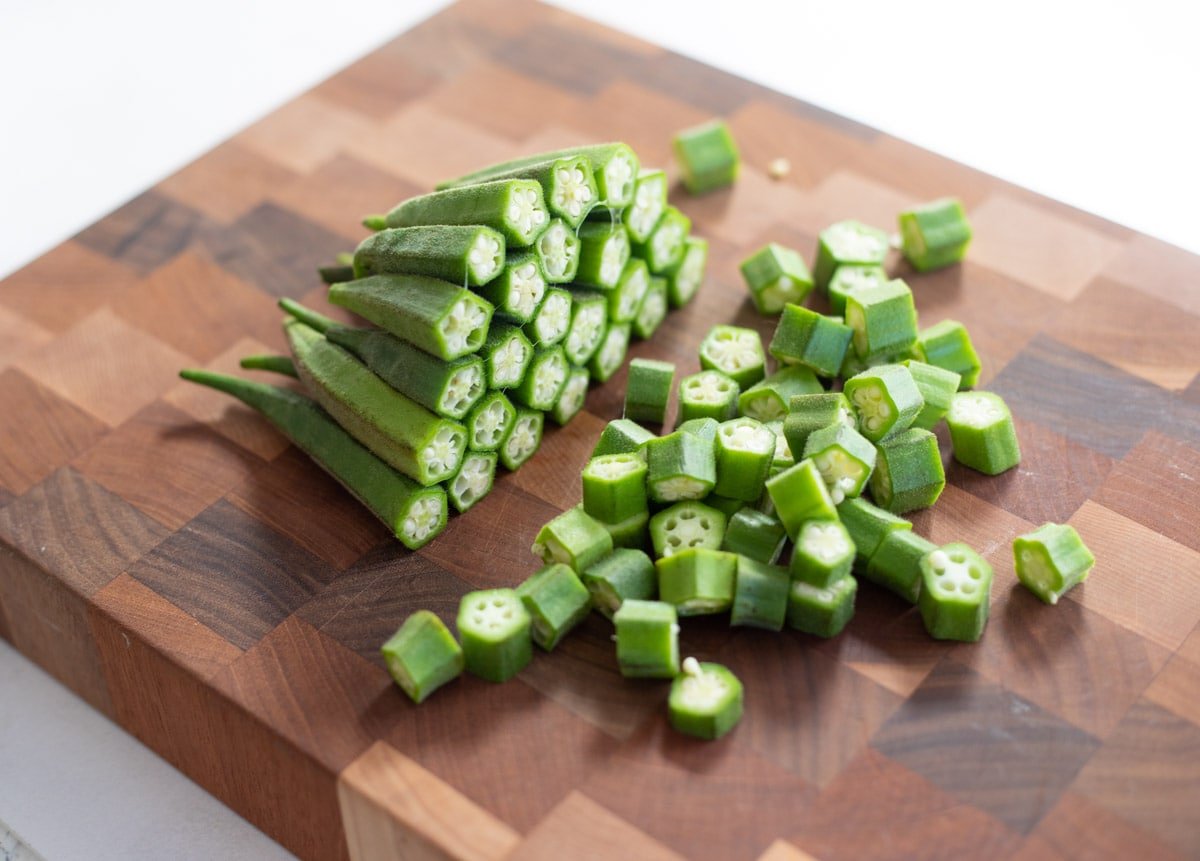
The best season to buy okra is from summer to early fall, however they are also available all year round. Okra is a good source of vitamin C and A, as well as B complex vitamins, iron, and calcium.
Look for pods that are small and firm; avoid buying ones that are overripe or those with large seeds. It is best to store okra in the refrigerator and use it within 3 days.
Recipes:
- Oven Roasted Okra
- Crispy Fried Okra (Kurkuri Bhindi)
- Stuffed Okra (Bharwa Bhindi)
- Okra & Onions Stir Fry (Bhindi Masala)
Bitter Melon
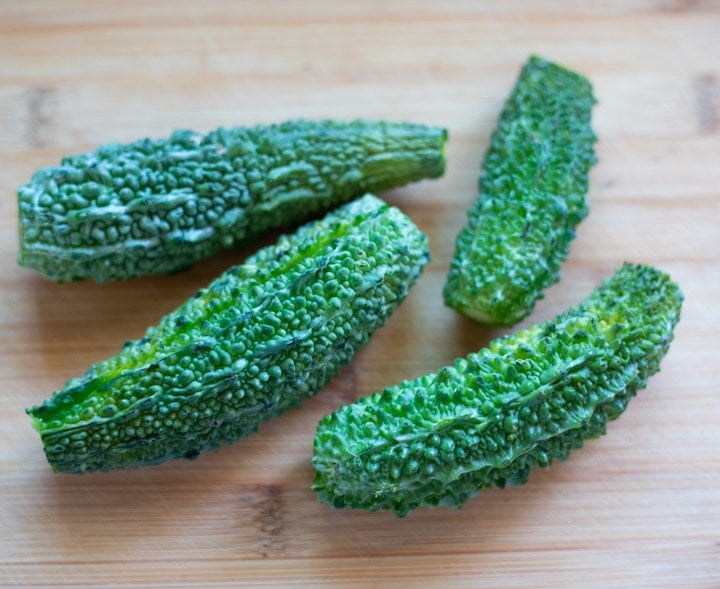
Bitter melon looks like a cucumber with light green, warty, wrinkled skin. They are available year-round, with a peak season in the summer. It is a good source of vitamin C. It is known as karela in India and is a popular vegetable.
Recipes:
Potatoes
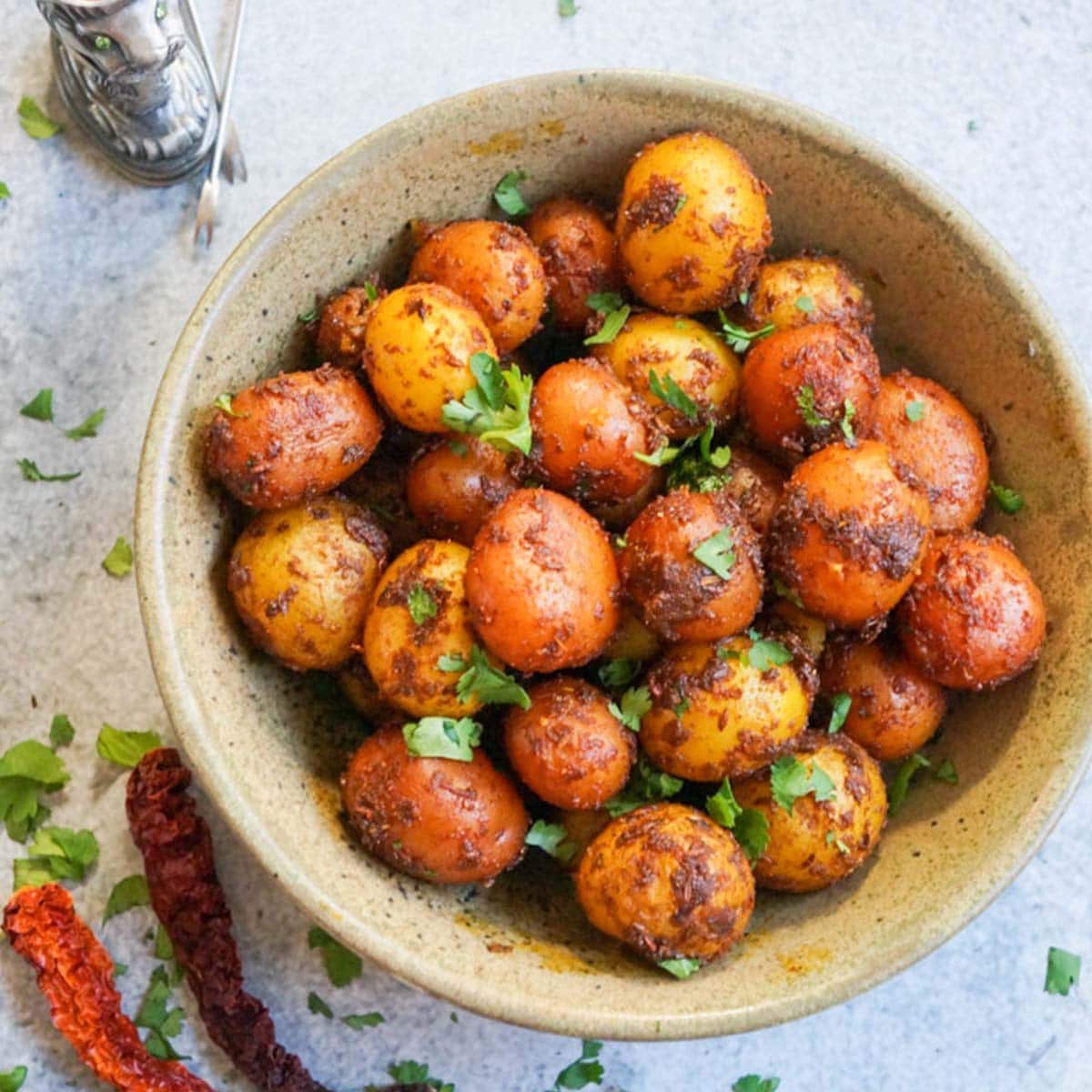
Who does not love crispy potato fries?! Various varieties of potatoes are available year-round. Choose potatoes that are firm, clean, smooth, and unblemished. Avoid potatoes with cuts, cracks, or dents that allow bacteria to enter or mold to grow. We love them roasted or stir-fried with spices.
Recipes:
- Potato Masala
- Spicy Bombay Potatoes
- Garlic Chili Potatoes
- Steamed Baby Potatoes
- Instant Pot Potato Curry
- Cumin Spiced Potatoes
- Roasted Fingerling Potatoes
Summer Squash
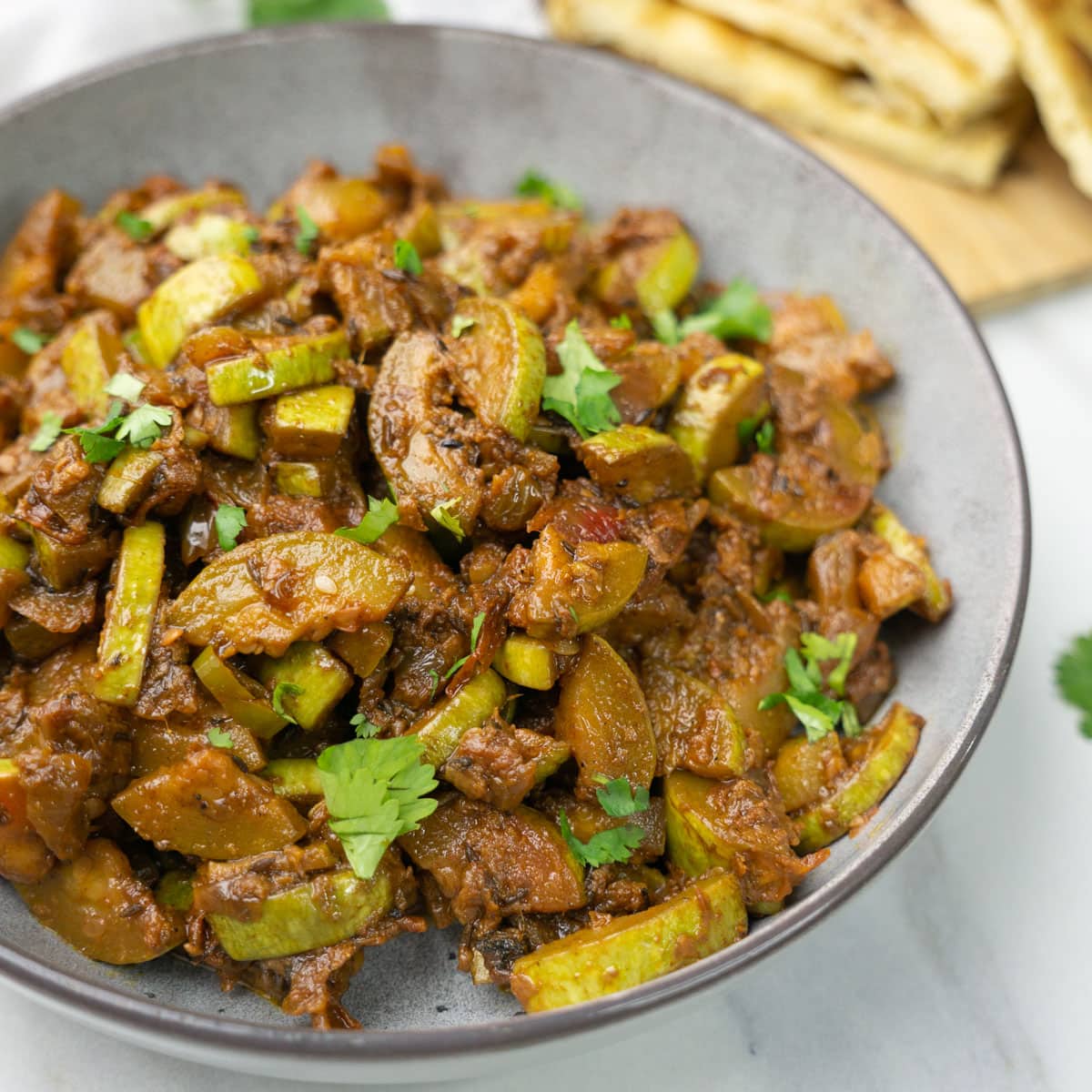
Summer squash includes zucchini, yellow squash, patty pan, and scalloped squash. Its peak season is June through late August. They are high in vitamins A, B6, and C, folate, magnesium, fiber, riboflavin, phosphorus, and potassium.
Basil
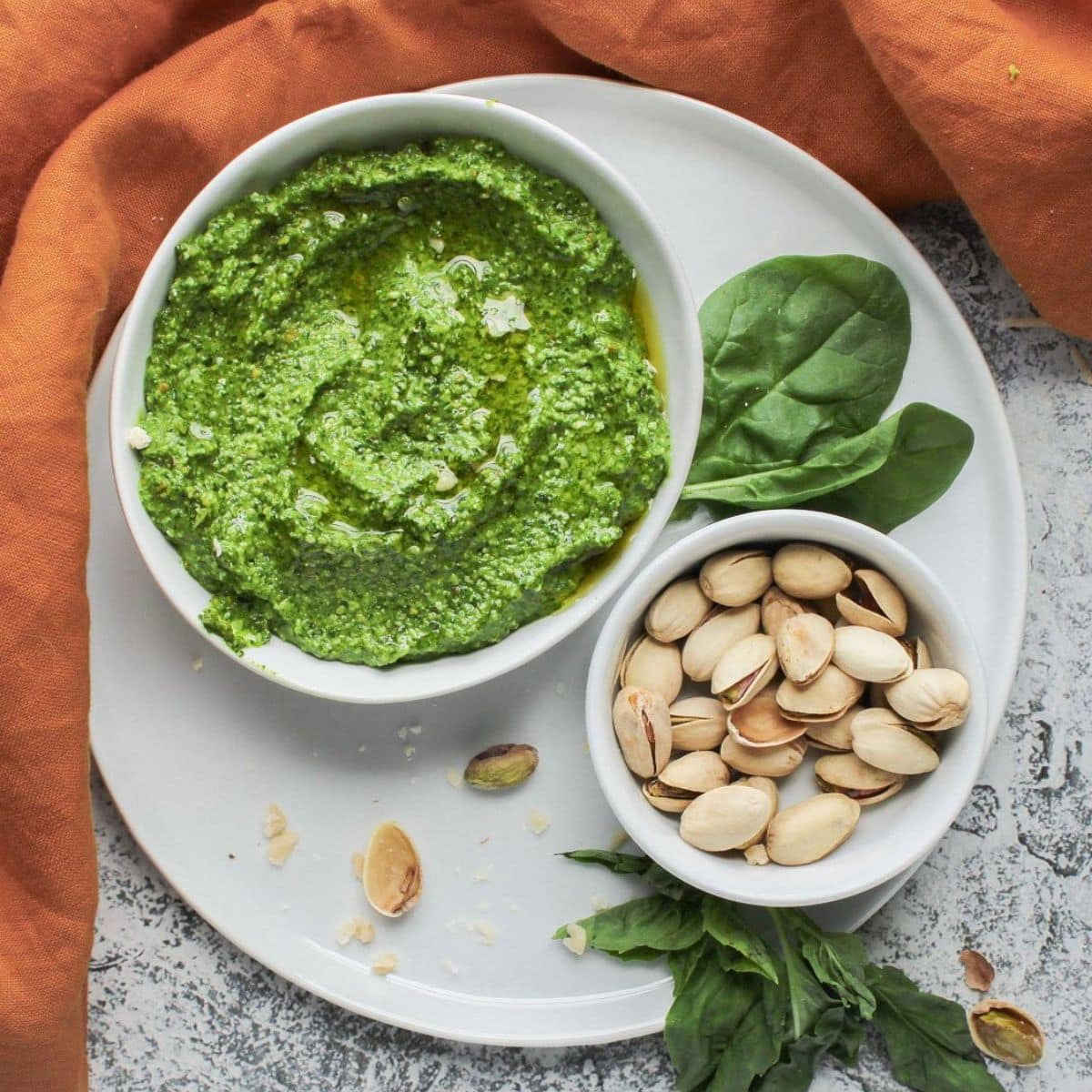
Basil is the quintessential summer herb. It can be enjoyed all year round, but its peak season is from April to December. When buying, choose fresh basil leaves that are rich in color. It is a good source of vitamin K and A.
Recipes:
Summer Seasonal Fruits
Berries
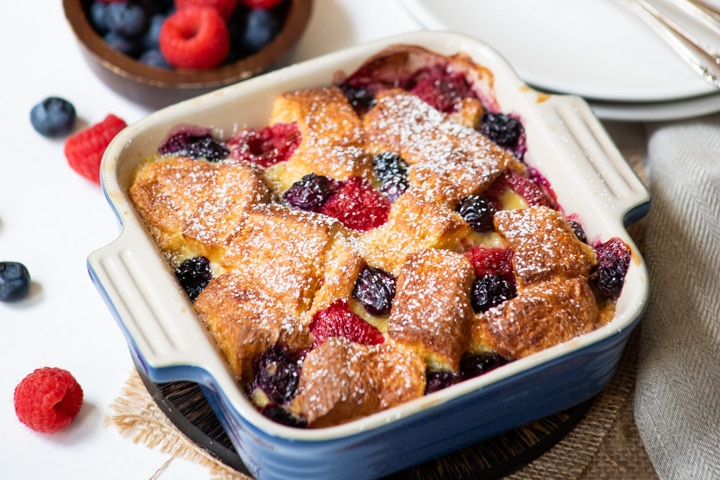
Whether it is blackberries, blueberries, gooseberries, raspberries, and strawberries. They are all in season in summer! Berries are high in fiber, vitamin C, and antioxidants. They are the most vibrantly colored fruits you’ll find.
Recipes:
Mangoes
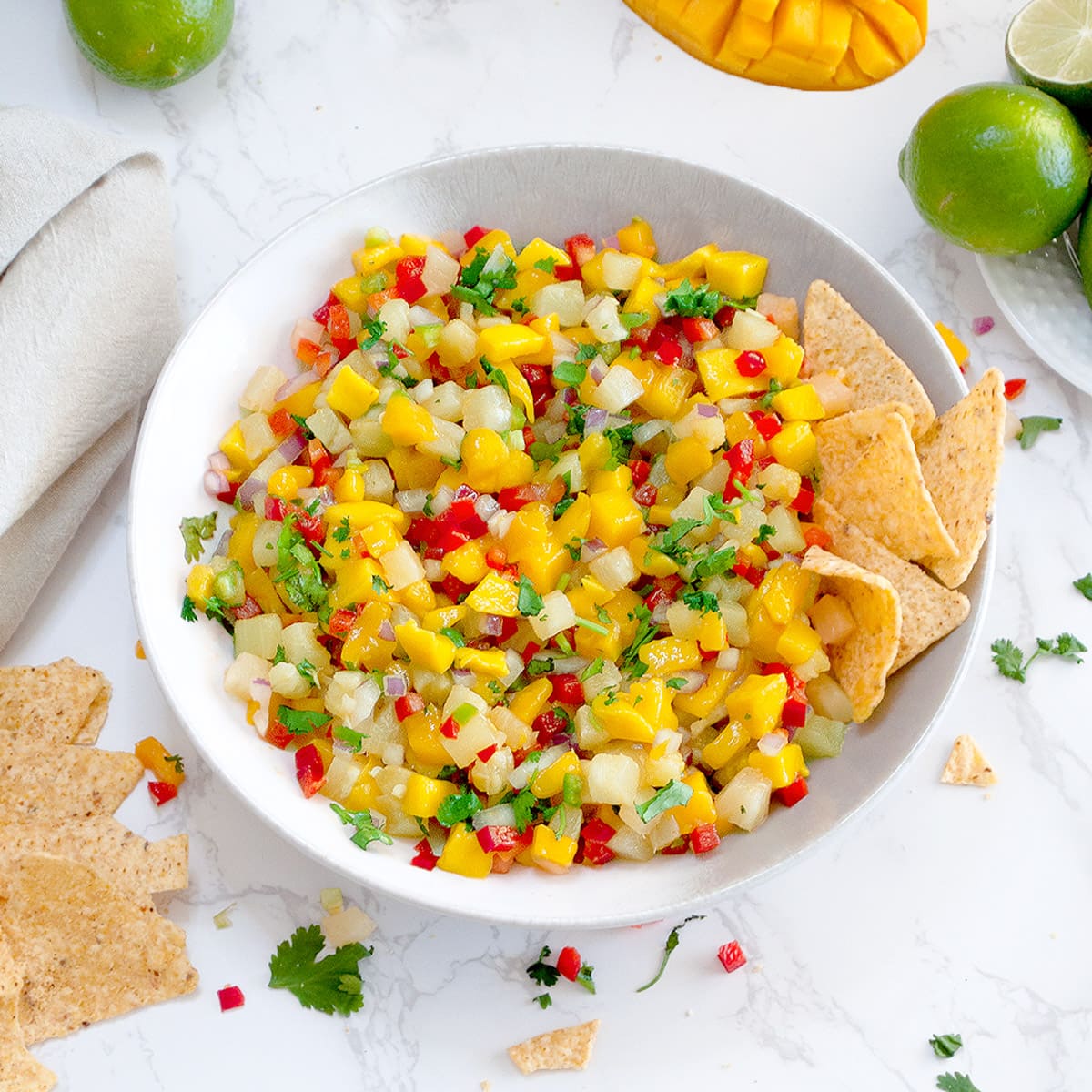
You can find imported mangoes all year round. However, the peak season is from May through September. When buying, look for mangoes with smooth, leathery skin. Mangoes are rich in Vitamin C and a good source of fiber.
Recipes:
Apricots
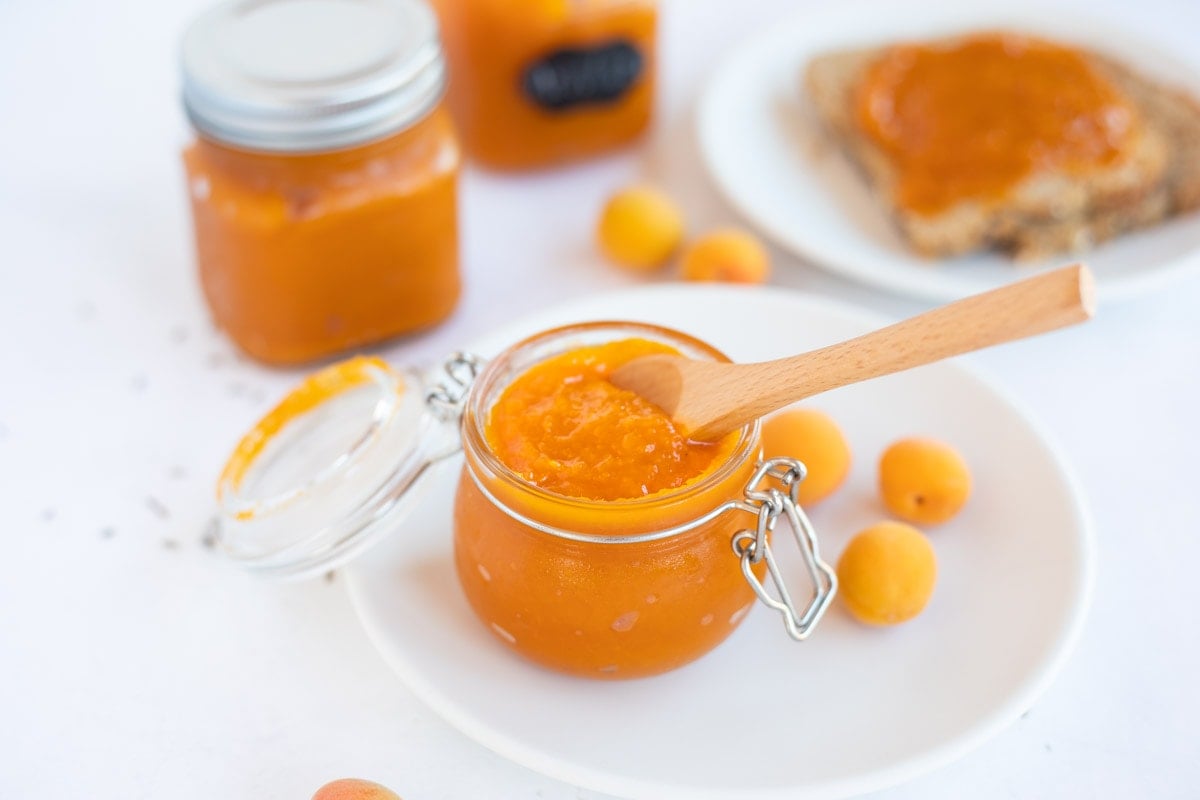
Apricot season typically runs from late spring to early summer, with the peak harvest often occurring in May through July. Look for apricots that are plump, have a deep orange-gold color, and give a slight give when gently squeezed.
Recipes:
Cherries
Cherries are only available for a limited period of time. The peak season to get the best cherries is early summer. They are a good source of vitamins C, A, and K.
When buying, look for cherries with bright green stems and avoid those with wrinkles. Cherries can be stored in the refrigerator for up to 8-10 days.
Recipes:
- Cherry Pastry Pies – by Sally’s Baking Addiction
- Cherry Sauce – by Natashas Kitchen
- Cherry Cobbler – by Culinary Hill
Peaches
The peak season to get the best peaches is from July to August. Look for a deep, golden yellow color when buying. Peaches are rich in vitamin A.
Recipes:
- Peach Cobbler – by Pinch of Yum
- Arugula Peach Salad – by Running on Real Food
Watermelon
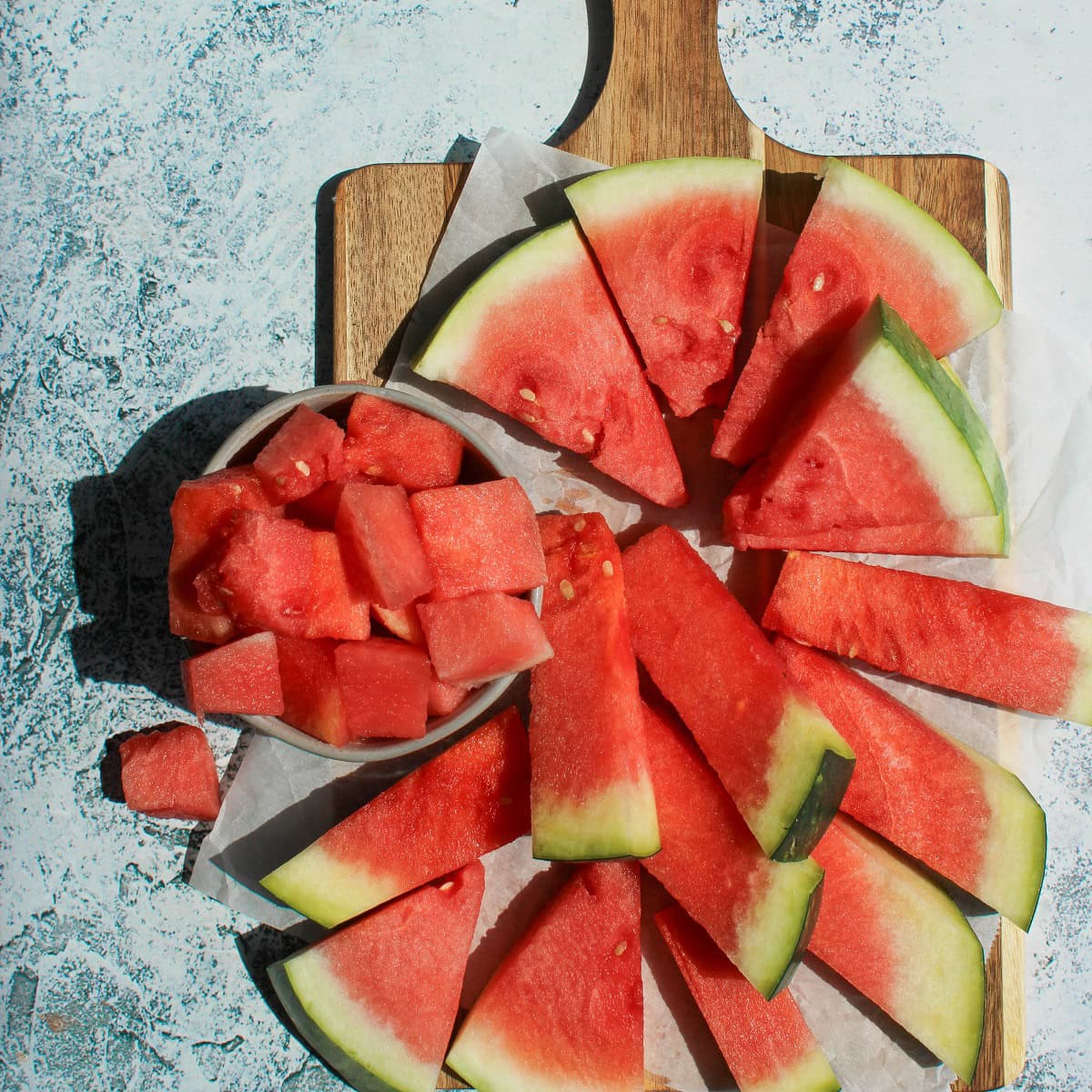
The best time to get juicy watermelon is from July through August. It is a good source of Vitamins A, B, and C, as well as potassium and magnesium.
When choosing a watermelon, look for ones that are darker green and heavy for their size. Watermelons with a yellow spot are better, as they are ripened in the sun.
It is best to store watermelons at room temperature. Once cut, you can refrigerate for up to 5 days in an airtight container.
Recipes:
- Watermelon Fruit Salad – by Spoonful of Flavor
- Watermelon Margarita – by Grain Free Table
- Berry Melon Popsicles – by Grain Free Table
I hope this produce guide helps you eat more seasonally. I would love to hear about your favorite summer foods. If your favorite vegetable or fruit didn’t make the list, please share in the comments!
